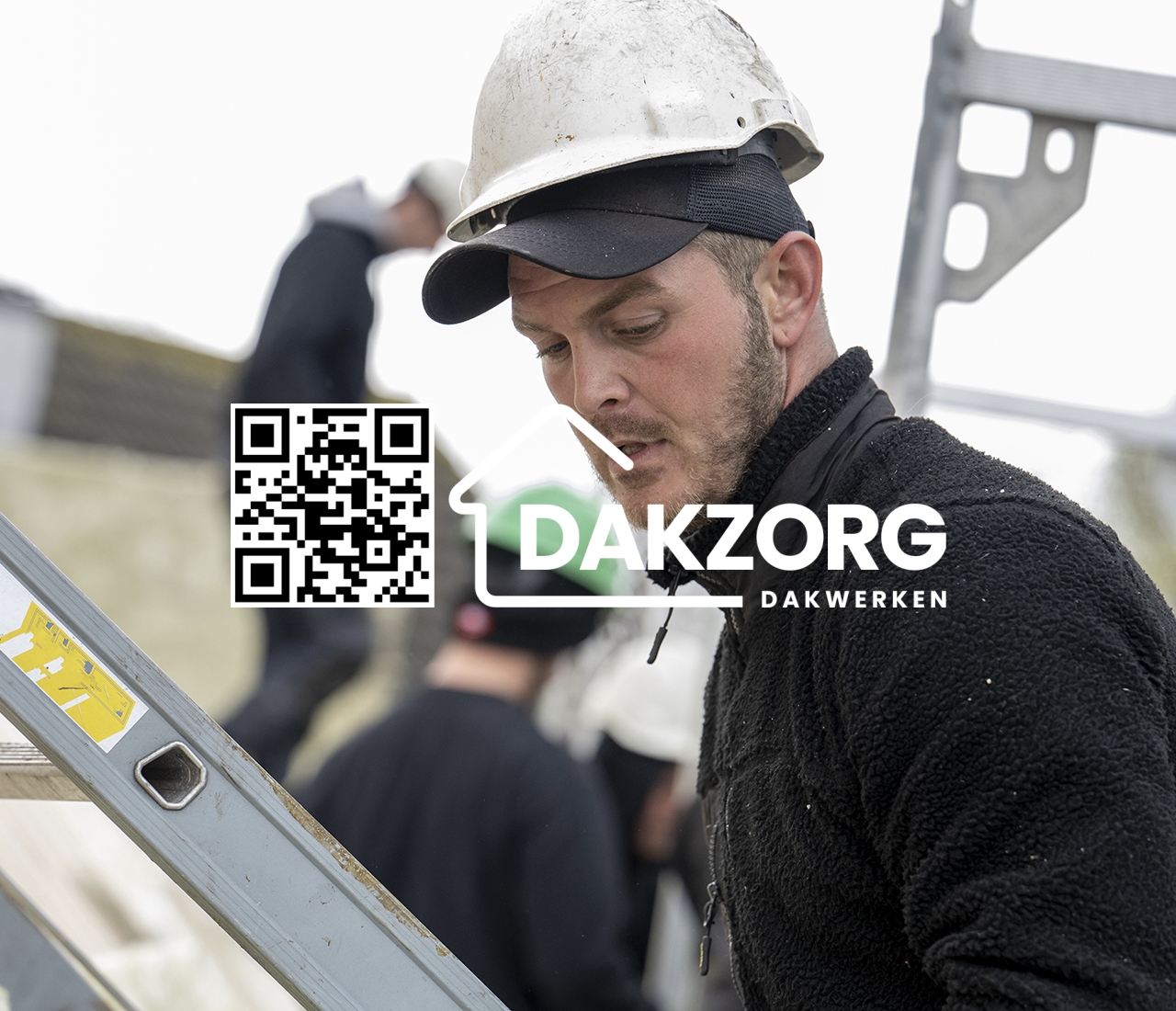Introduction
When you think of traditional materials that have withstood the test of time, clay tiles are often at the forefront. Among these, Dutch clay tiles stand out for roofing contractor their unique qualities and historical significance. So, what exactly makes Dutch clay tiles unique? This article aims to explore the intricate details that set them apart from other types of roofing and flooring materials. From their exceptional durability to their aesthetic appeal, we will delve into every aspect that contributes to their uniqueness.
What Makes Dutch Clay Tiles Unique?
Dutch clay tiles are renowned for several factors that make them not just a choice but a preferred option for many homeowners and architects alike. These aren’t your ommelanden dakzorg run-of-the-mill tiles; they boast a rich history and craftsmanship that reflects centuries of tradition.
1. Historical Significance: A Journey Through Time
Dutch clay tiles have a storied past that dates back to the Middle Ages. The production techniques have evolved over time, yet they retain elements that connect modern-day products with historical craftsmanship.
1.1 Origins in the Netherlands
The origins trace back to regions such as Holland, where local artisans began crafting tiles from abundant natural clay deposits found in riverbanks and fields.
1.2 Influence on Architecture
Throughout history, these tiles have played a crucial role in Dutch architecture, influencing styles from Gothic to Renaissance.
2. Exceptional Durability: Built to Last
One of the most remarkable features of Dutch clay tiles is their durability.
2.1 Resistance to Weathering
These tiles can withstand extreme weather conditions—be it rain, snow, or intense sunlight—making them ideal for various climates.

2.2 Long Lifespan
With proper maintenance, Dutch clay tiles can last over 100 years! This longevity makes them a cost-effective option in the long run.
3. Aesthetic Appeal: Beauty Meets Functionality
Dutch clay tiles are not just functional; they also offer immense aesthetic value.
3.1 Variety of Colors and Textures
From earthy tones to vibrant hues, there's a palette suitable for every style preference.
3.2 Traditional and Modern Designs
Whether you're looking for rustic charm or sleek modernity, there's a design that aligns perfectly with your vision.
4. Eco-Friendly Characteristics: A Sustainable Choice
In today's eco-conscious world, sustainability matters more than ever.
4.1 Natural Materials Used in Production
Made primarily from natural clay and water, these tiles are free from harmful chemicals.
4.2 Energy Efficiency Benefits
They help regulate indoor temperatures, contributing to energy savings year-round.
5. Craftsmanship: The Art Behind Each Tile
The production process involves skilled artisans who dedicate time and effort into creating each tile.
5.1 Handmade vs Machine-Made Tiles
While mass-produced options exist, handcrafted tiles offer unique imperfections that add character.
5.2 Techniques Passed Down Through Generations
Many manufacturers still use traditional methods passed down through generations, ensuring authenticity in every piece.
6. Versatile Applications: More Than Just Roofing Tiles
While they're commonly used on roofs, Dutch clay tiles serve multiple purposes in home construction and decor.
6.1 Flooring Solutions
Their durability makes them perfect for high-traffic areas as flooring materials too!
6.2 Decorative Elements in Landscaping
You can creatively use these tiles in gardens and pathways for added visual interest.
7. Installation Process: Making It Work for You
Understanding the installation process is crucial when considering Dutch clay tiles for your project.
7.1 Professional Installation Recommendations
Hiring professionals ensures proper installation—crucial for maximizing longevity.
7.2 DIY Considerations
If you're considering a DIY approach, be prepared with adequate tools and knowledge about tile laying techniques!
8. Maintenance Tips: Keeping Your Tiles Pristine
Once installed, maintaining your Dutch clay tiles is key to retaining their beauty over time.
![]()
8.1 Regular Cleaning Practices
Using gentle cleaning solutions helps prevent buildup without damaging the surface.
8.2 Inspecting for Damage
Regular inspections can catch issues before they become costly repairs!
FAQs About Dutch Clay Tiles
Q1: Are Dutch clay tiles expensive compared to other roofing materials?
A1: While they may have a higher upfront cost than some alternatives, their durability often makes them more economical over time due to fewer replacements needed.

Q2: Can I install Dutch clay tiles myself?
A2: Yes! However, it's recommended to consult with professionals unless you're experienced in tile installation to avoid potential pitfalls.
Q3: How do I clean my Dutch clay roof?
A3: Use mild soap and water; avoid harsh chemicals that could damage the surface finish!
Q4: Do Dutch clay tiles come with warranties?
A4: Many manufacturers offer warranties ranging from 30 years up to lifetime guarantees depending on the product line!
Q5: Are there color options available?
A5: Absolutely! There’s an extensive range of colors—from classic red-brown hues to contemporary shades like blue or green!
Q6: What’s the difference between handmade and machine-made Dutch clay tiles?
A6: Handmade versions have unique characteristics due to artisanal techniques while machine-made options tend towards uniformity but lack personal touch!
Conclusion
So there you have it—what makes Dutch clay tiles unique encompasses history, durability, aesthetics, craftsmanship, versatility in application as well as sustainability! They represent an age-old tradition melded with modern needs—a combination that's hard to beat when considering materials for your home or landscape projects! If you’re contemplating renovations or new builds anytime soon; remember this distinctive option worth exploring—because who wouldn’t want something beautiful yet practical?
In summary—the uniqueness lies not only within individual pieces but also through centuries of artistry behind each tile making them truly one-of-a-kind!